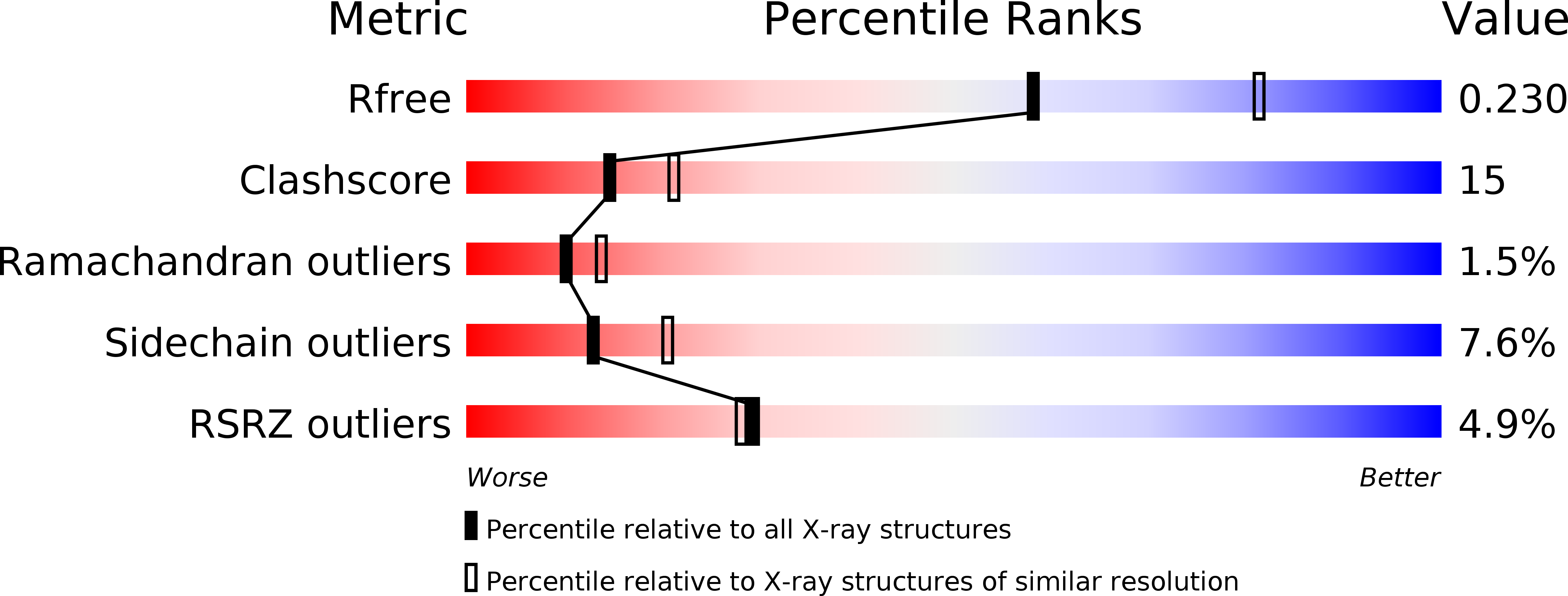
Deposition Date
2005-01-11
Release Date
2005-01-25
Last Version Date
2024-10-30
Method Details:
Experimental Method:
Resolution:
2.40 Å
R-Value Free:
0.24
R-Value Work:
0.21
R-Value Observed:
0.21
Space Group:
P 65


